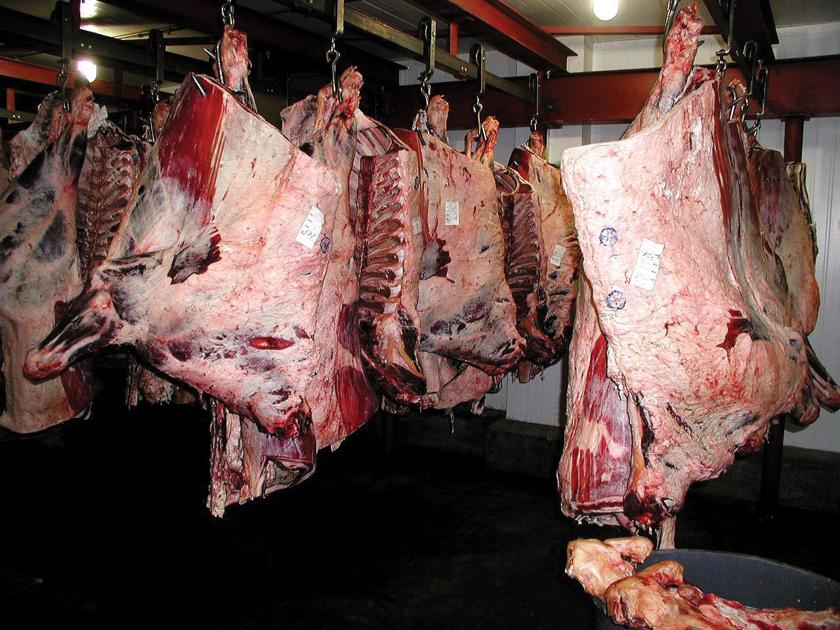
The Choice boxed beef price dropped to $200.47/cwt. last Friday, July 17, 2020; the lowest Choice boxed beef price since December 2017. Both supply and demand factors are at work pushing wholesale beef prices lower.
Estimated beef production last week was 538.4 million pounds, 2.1 percent larger than the same week last year. Estimated cattle slaughter last week was 650,000 head, down slightly from 655,400 last year. The latest carcass weights have steer carcasses averaging 896 pounds, up 35 pounds year over year and heifer carcasses at 826 pounds, 34 pounds above the same time last year. Heavy fed cattle backed up in feedlots prevented the normal seasonal decline in carcass weights in April, May and June. In 2019, steer carcass weights declined from 896 pounds at the beginning of the year to a seasonal low of 842 pounds by the first week of June; a drop of 50 pounds. This year steer carcass weights were 896 pounds in June, down 16 pounds from 912 pounds at the beginning of the year. The lowest weekly steer carcass weight this year was 886 pounds in April before weights moved counterseasonally higher in May and June.
Though summer is grilling season, the period between July 4 and Labor Day is a relatively weak beef demand period…the dog days of summer. This period is normally a slow beef demand period for restaurants, aggravated this year by a still recovering food service sector. For example, wholesale beef tenderloin (189A) price is currently nearly 17 percent lower year over year. Wholesale ribeye (112A) is down nearly three percent from last year. These items are more popular on restaurant menus. The wholesale beef strip loin (180), perhaps the most popular grilling steak, was priced nearly 11 percent higher last week compared to last year. Beef buying should pick up in August in preparation for Labor Day. After all the disruption in food markets in the first half of the year, it is difficult to know if markets are following normal seasonal patterns all this summer.
Longer term, beef demand may be affected by the economic recession. Impacts have not been obvious thus far but unemployment is still high and some unemployment benefits will end this month. With COVID-19 far from controlled, considerable uncertainty remains regarding how school schedules, sporting activities and business travel could affect beef demand this fall.
Beef production will be higher year over year for the remainder of the year. This may combine with limited demand to keep wholesale beef prices under pressure going forward.
Derrell S. Peel is a livestock marketing specialist for Oklahoma State University.
The Link LonkJuly 22, 2020 at 04:25AM
https://ift.tt/2OM3AxK
Boxed beef prices sag under growing supply and summer doldrums - Farm Talk
https://ift.tt/2RxTDX4
Beef

No comments:
Post a Comment